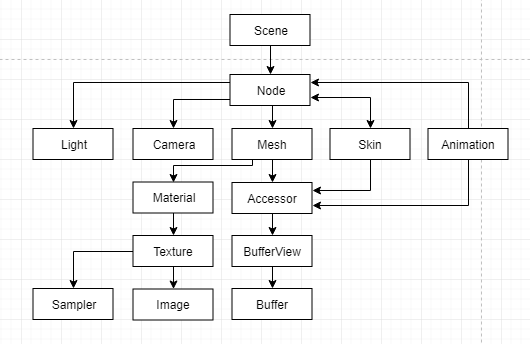@JQL said:
I think Archipack VS Topologic would be great. Could Archipack be revamped to create models based in cells instead of walls with Topologic's framework in mind?
It would be great if, at some point, layered walls would be created based on relation between cells or between cells and exterior spaces. In the end we could use this to define sets of rules to have thermal, fire and sound insulation or walls based on room finishes. After that we would use Archipack toolset to refine all other architectural elements. If this could be matched with IFC classification on BlenderBIM I think we could have a very efficient BIM modelling workflow principle to explore in Blender.
The idea for me is to find the best workflow between conceptual stage and production stage. Most examples I see for Archipack are based on an imported DXF file or on some predefined design being easily achieved with Archipack. What I'm seeking is for a conceptual workflow that can transition perfectly into BIM and Documentation as fast as possible. This, for me, means more mass modelling than partition modeling and Mass modelling should evolve from an exterior volumetric model to a cell model. A cell model is not much more complex to elaborate, but it is informed with much more than a volumetric model as it has all programatic and functional relations expressed in the model in plan and elevation, so it's the perfect conceptual model of the building... it's the base of architectural thought. Walls are still something too related to floor plan concept which is 2D. What we should do is use 3D to think architecture.
I hope this makes sense.
You are describing my thesis research.
I am following this thread on an off because 1. the discussion is deep into software 2. I'm deep into my thesis research which is much more abstract.
Just a side note, I've worked on the implications of the "compilation" from the abstract phases of architectural thought into the concrete stages of technical documentation. Both ends are architecture, but the early stages of the abstract phases are quite rarely done in depth usgin computation. For one, and I think this opinion has A LOT to do with cultural background, as long as users-creators keep talking about mass/volumes and not space there will be a huge gap.
Feel free to check some of the latest articles on the topic, some are in english.
http://arquitextonica.net/
And @JQL if you are interested, I'd love to discuss further on the abstract-conceptual, the coding-software is out of my league (and allow me to say I feel discussing about code before discussing about content can be a HUGE burden when trying to develop design tools).
